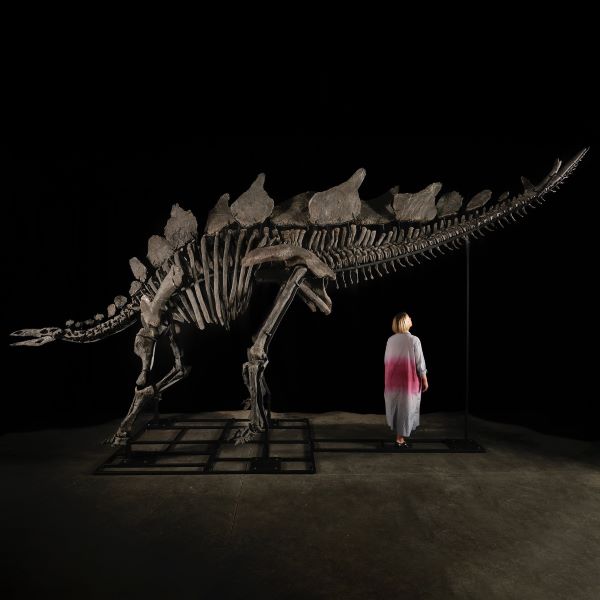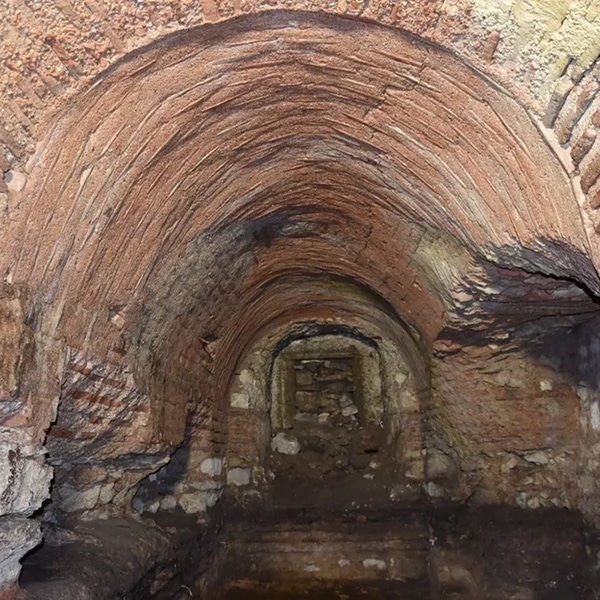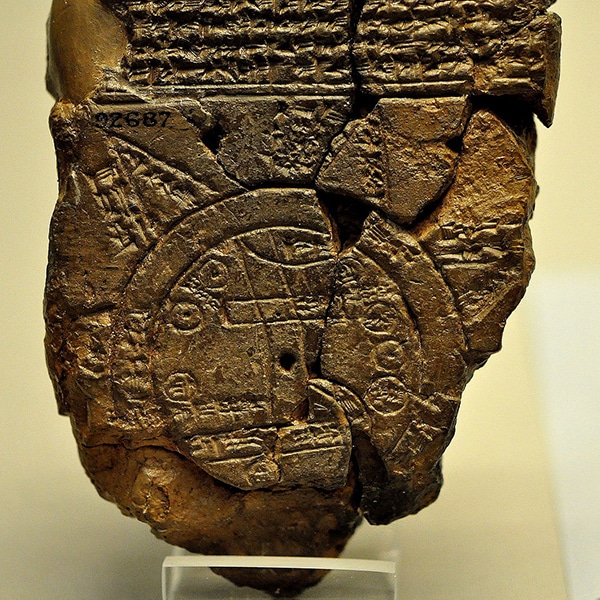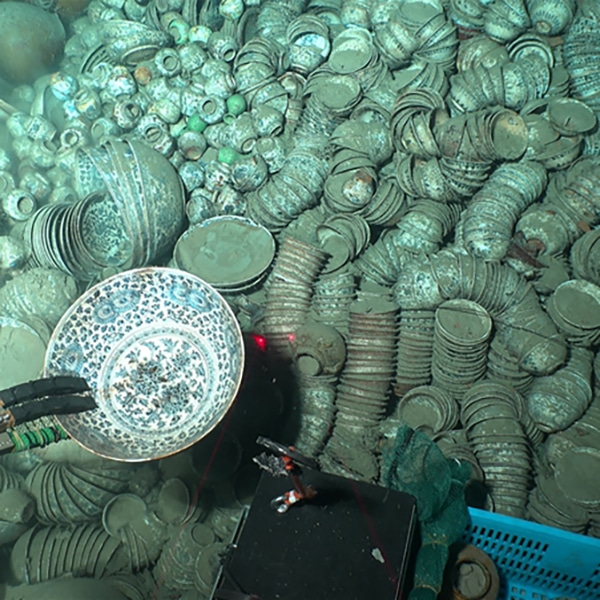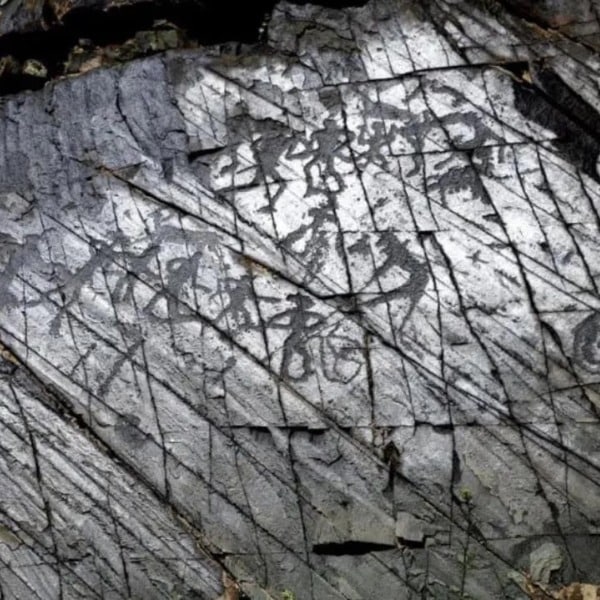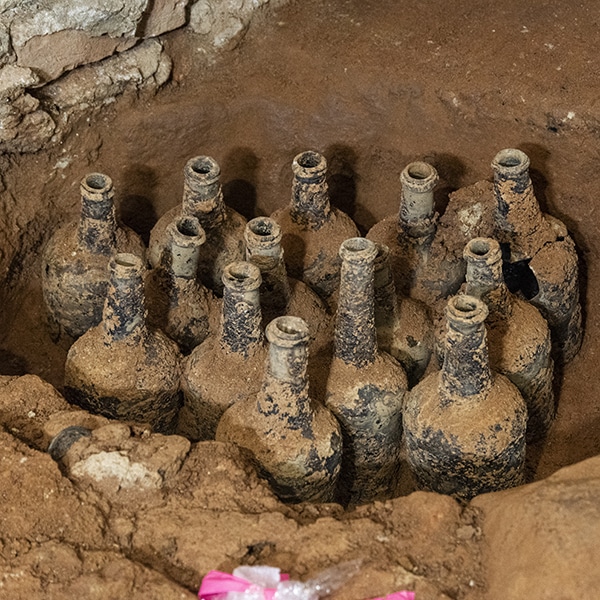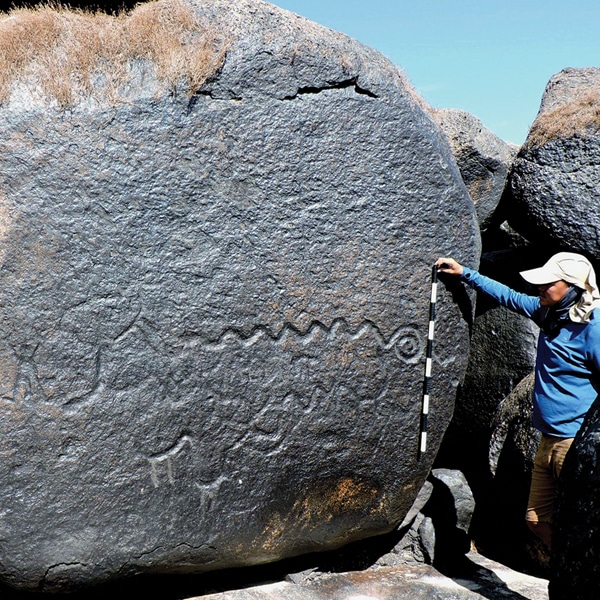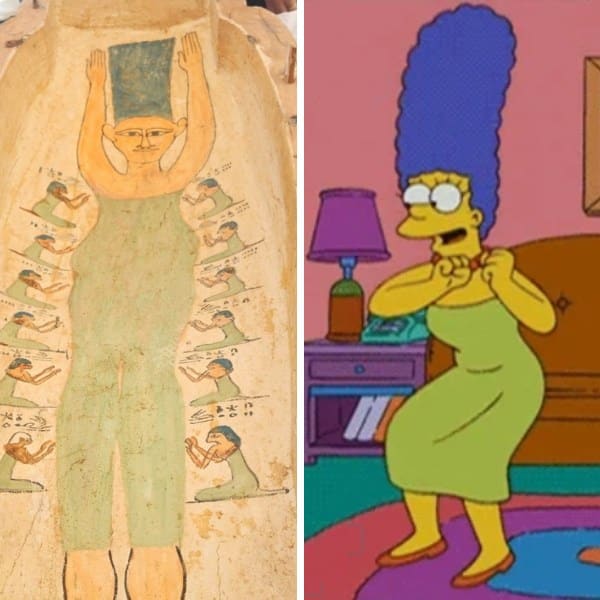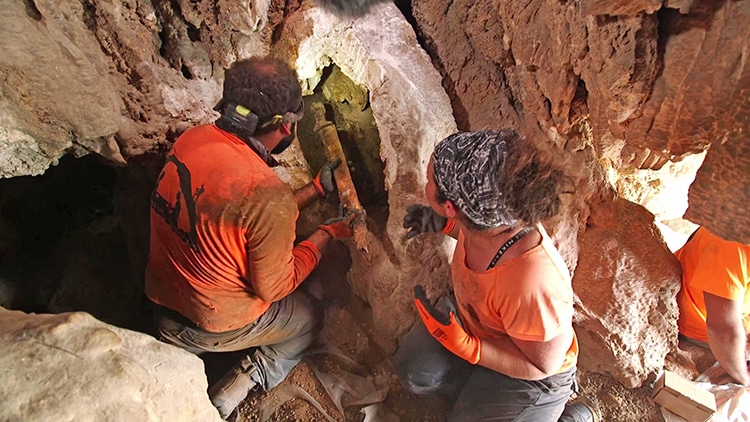
Removing the hidden ancient swords within the cave. (Photo: Emil Aladjem/Israel Antiquities Authority)
The ancient Romans are known for the empire they built by conquest. Stretching into three continents, the Roman government and its regional deputies ruled by both bureaucracy and force. Sustaining such an empire took legions of soldiers, thousands of pounds of armor, and massive collections of weapons such as swords. These were created by Roman blacksmiths and have been found scattered where they were once dropped or hidden around the former empire by modern-day archeologists. Recently, the Israel Antiquities Authority announced an unusual discovery of four words hidden in a cave located above the Dead Sea, so well preserved that even their wooden scabbards are intact.
The swords were discovered by accident in the cave, which overlooks the Dead Sea north of the En Gedi oasis. A team entered the cave with the aim of using modern technology to try to reveal long-faded writing that is part of a known, extant ancient Hebrew ink inscription on a stalactite inside the cave. One of the archeologists noted something in a fissure of rock: a wooden Roman pilum, which is a javelin-style weapon. Excited by this find, as well as other pieces of ancient wood, the team returned later with additional help to further investigate the complex, lofty cave.
Four swords were discovered in a thin crevice within the cave, where they have lain for almost two millennia. The 1,900-years-old swords are made of iron, and three remained sheathed in wood which was well preserved by the Dead Sea climate. The three “spatha” or long swords, as well as the one short ring-pommel sword, were likely Roman weapons captured by Judean rebels and tucked away for further use.
“We are just beginning the research on the cave and the weapon cache discovered in it, aiming to try to find out who owned the swords, and where, when, and by whom they were manufactured,” said Dr. Eitan Klein, a director of the Judean Desert Survey Project, told the BBC. It's believed that the swords may even have been secured during the Bar Kochba Revolt from 132 to 135 CE, during which Jewish residents of the Roman province of Judea rebelled against the governor. They were beaten down after several years by the Roman military under the general Julius Severus, and these swords may have been used in such conflicts.
Hopefully, in time, researchers will uncover more about these historic artifacts.
Four ancient Roman swords were discovered in a high cave above the Dead Sea.
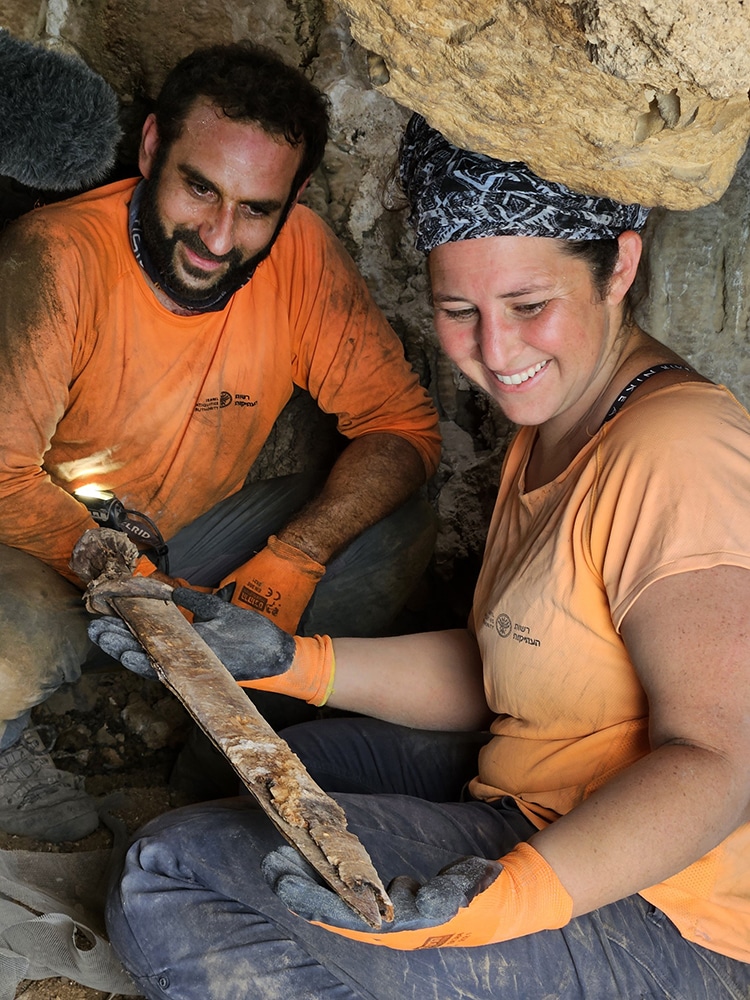
Archaeologists Oriya Amichay and Hagay with a sword. (Photo: Amir Ganor/Israel Antiquities Authority)
The swords are 1,900 years old.
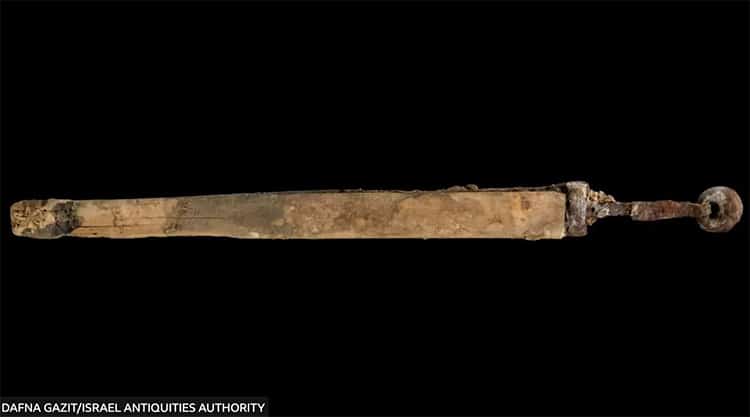
One of the words, encased in its original wooden scabbard. (Photo: Dafna Gazit/Israel Antiquities Authority)
Three of them were still sheathed in wood.
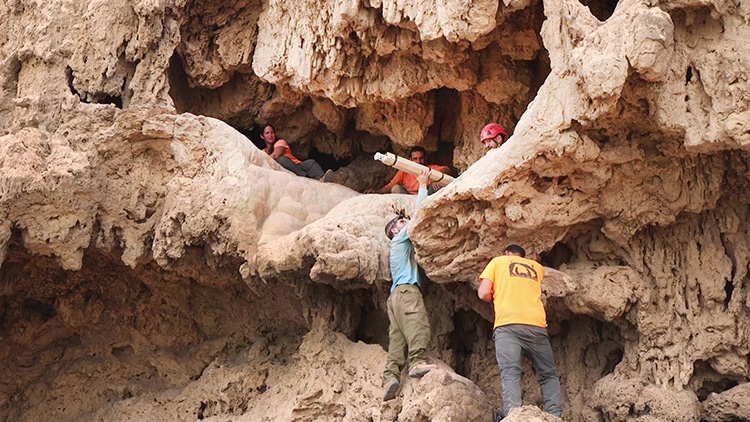
The cave's height made for a dramatic excavation. (Photo: Emil Aladjem/Israel Antiquities Authority)
The Dead Sea climate helped preserve them for centuries.
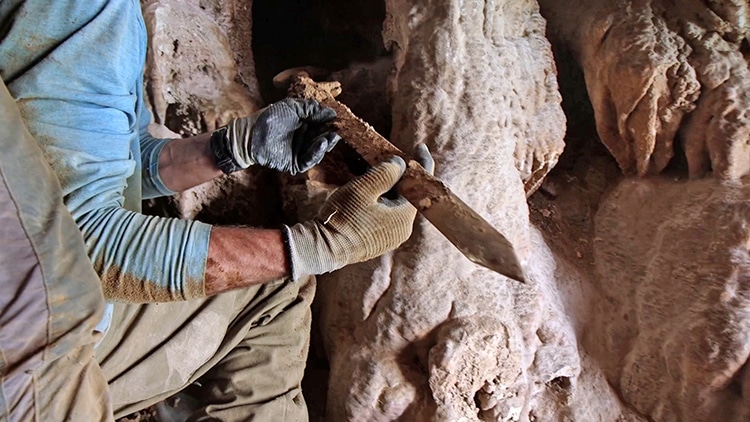
One of the swords. (Photo: Israel Antiquities Authority)
They were likely hidden by Jewish rebels who were fighting against Roman rule in what was then the Roman province of Judea.

The incredible view from the cave. (Photo: Hagay Hamer/Israel Antiquities Authority)
It's believed that the swords may even have been secured during the Bar Kochba Revolt from 132 to 135 CE.
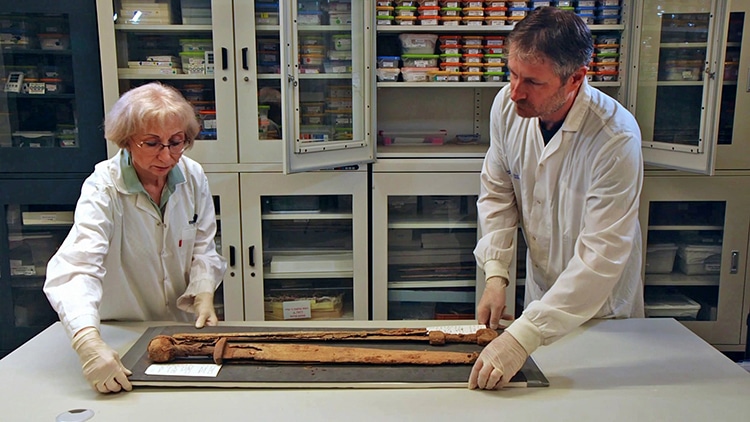
Conservators examine the sword. (Photo: Emil Aladjem/Israel Antiquities Authority)
h/t: [BBC]
Related Articles:
2,000-Year-Old Ruins of Stone Roman Building Found in Switzerland
Meet Ava, an Early Bronze Age Woman Buried in Scotland 3,800 Years Ago
5,000-Year-Old Iranian Vase Features the First Known Animation











































































